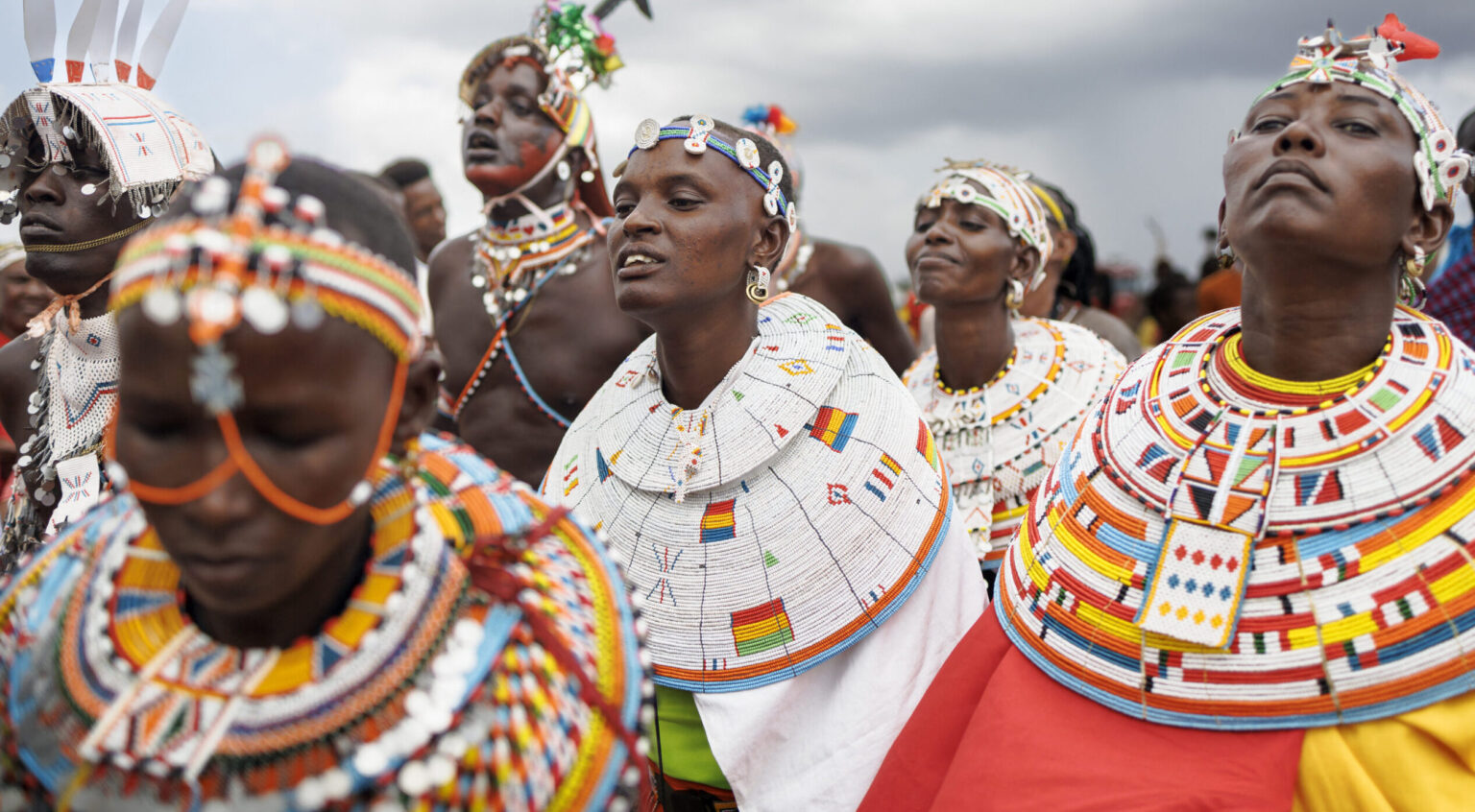By the use of Eric Randolph/AFP
November 17, 2024 | 9:00 am
The Maa Competition honors considered one of Kenya's most sustainable cultures and demonstrates resilience amid the pressures of modernization and local weather change. This occasion brings collectively Maa tribes from throughout the nation, combining historical traditions with up to date influences. The Maa Competition celebrates one of many best-known elements of Kenyan tradition, which has been remarkably resilient, even…
The Maa Competition honors considered one of Kenya's most sustainable cultures and demonstrates resilience amid the pressures of modernization and local weather change. This occasion brings collectively Maa tribes from throughout the nation, combining historical traditions with up to date influences.
The Maa Competition celebrates one of many best-known elements of Kenyan tradition, which has confirmed remarkably resilient even because it faces stress from modernization and local weather change.
READ ALSO: Kenya: Embracing financial savings tradition will strengthen financial system – President Ruto
Eventually week's competition, which introduced members of the Maa tribes from throughout Kenya to the Samburu Nationwide Reserve within the north of the nation, fashionable know-how sits comfortably alongside historical tradition.
In a thatched hut with dung partitions, a gaggle of girls hand out smartphones and a pill to share photographs of members of different subtribes they’ve met.
On the primary stage, teams mix up to date beats with the hypnotic guttural sound of Maa chants. Elsewhere, individuals in dazzling beads and headdresses leap and dance in circles that talk of a lot older traditions.
Kenya has dozens of tribes, however it’s the pastoralist Maa communities – named after the language they share – which have held on to age-old clothes and customs for the longest time and have due to this fact develop into beloved symbols of the nation.
'A disconnect'
The Maasai are greatest recognized to vacationers, however the household additionally contains the Samburu, Laikipiak, Njemps and lots of others.
“The Maa lived very communally,” says Stella Napanu of the Northern Rangelands Belief, a conservation group run by native indigenous communities. “That strengthened them and helped shield their tradition from exterior influences.”
Nevertheless, local weather change poses a risk to the Maa. Dwindling water provides have compelled herders to journey farther from their households, straining neighborhood ties. “This has created a divide between the aged and the younger and has weakened our authorities constructions,” Napanu mentioned.
Different modifications had been extra constructive. Maa musicians have new channels like YouTube to advertise delight of their tradition. Some journey so far as France and Australia to carry out. “God gave us this tradition, so we should protect it for our youngsters,” mentioned a girl who not too long ago traveled to Germany to point out off her beadwork.
However communal life is unlikely to survive town's pull.
“Some elements of our tradition received't final for much longer,” mentioned Nasieku Letipila, 42, who heads Samburu province's tradition division. “For the Maa, if I’ve ten cows and my neighbor has none, I’ve to share – I can't eat if they will't eat – that's essentially the most stunning a part of our tradition,” she mentioned.
“It has sustained us, however it’s the hardest half to take care of. Now I reside in a metropolis in a gated neighborhood and I don't know my neighbors.”
READ ALSO: Nigeria, South Africa and Kenya lead HIV vaccine analysis with USAID's $45 million grant
The Maa competition, which is changing into an annual affair since its launch final 12 months, is an opportunity to reconnect with that older approach of being.
“I all the time have to return to the village and reside like this for some time,” Letipila mentioned. “Our tradition is the strongest in Kenya. It’s a faith for us; we will't reside with out it.'
